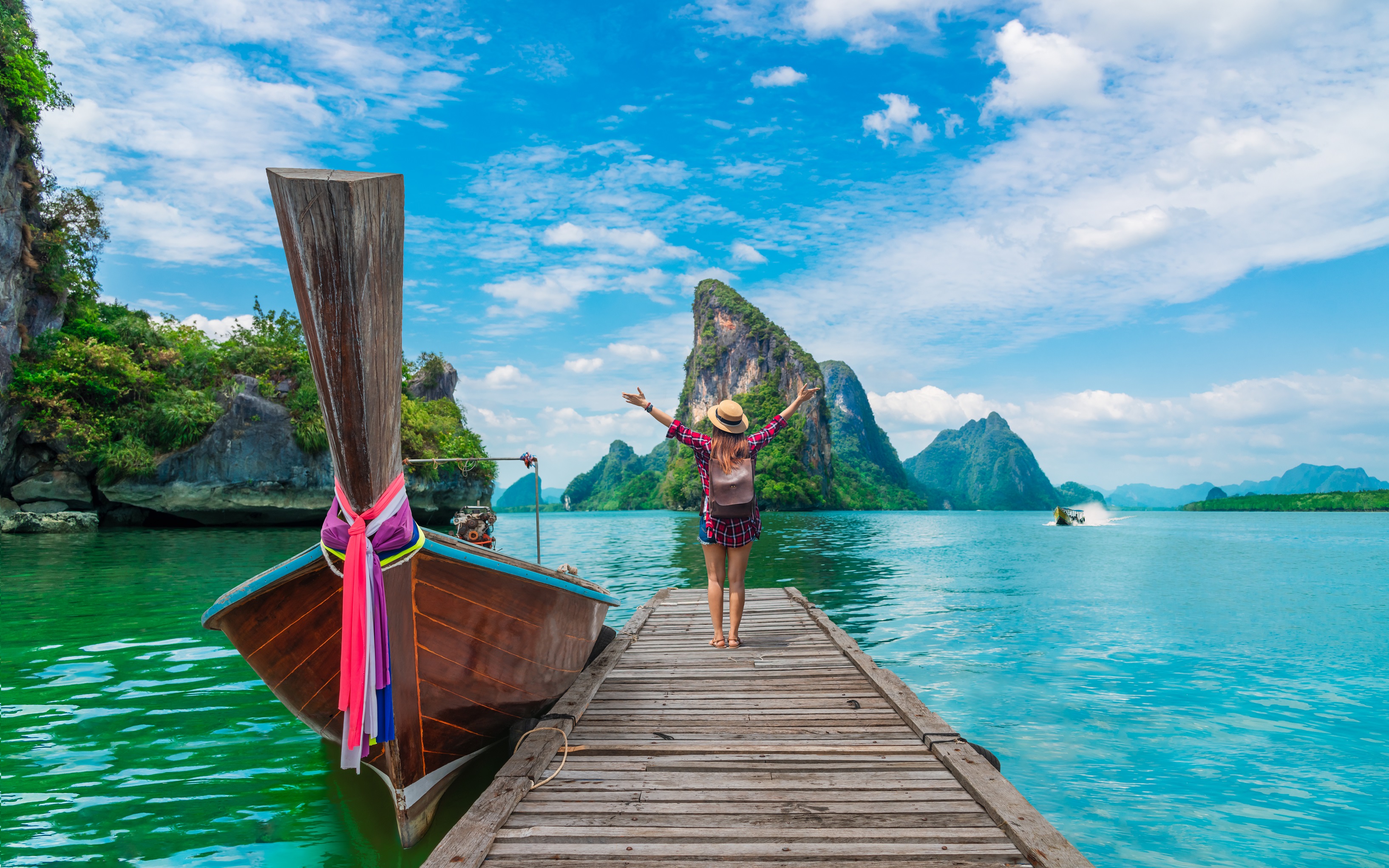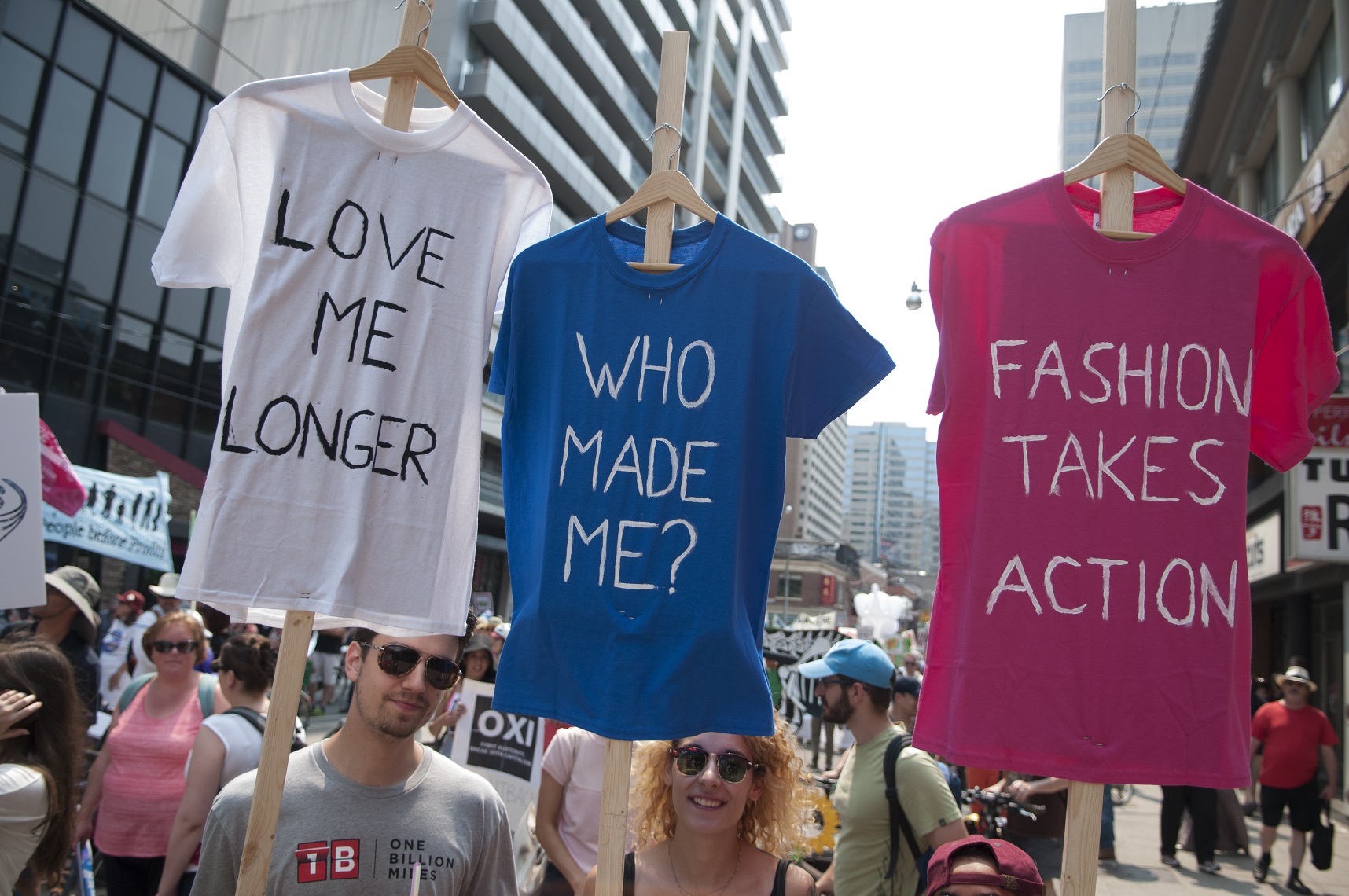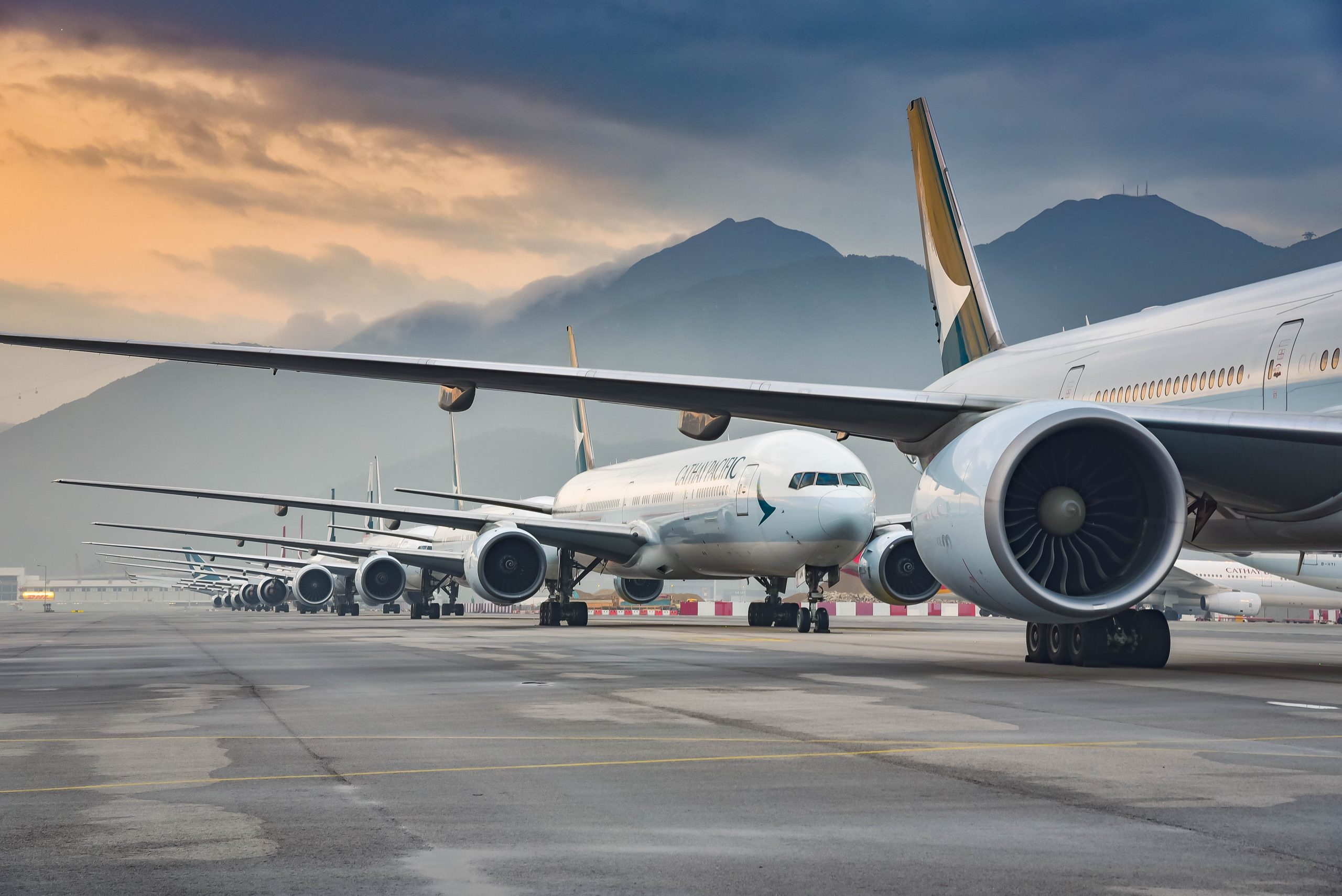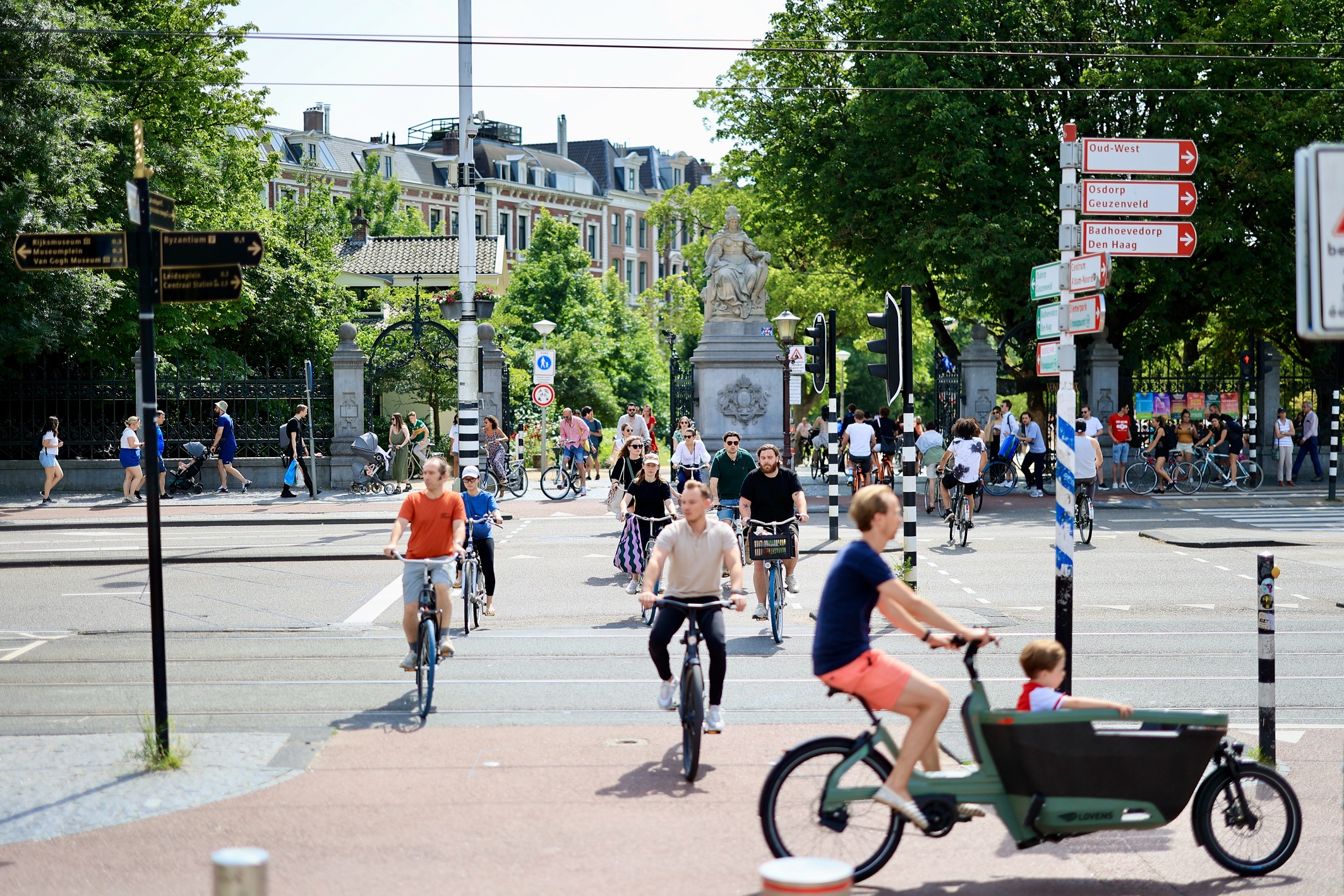Do you travel sustainably? Learn the 8 basic rules

On the one hand, tourism is still an important source of income and, for many countries, an important contributor to GDP. On the other hand, there are increasing claims that there are too many tourists and that mass travel contributes to climate change and the destruction of nature. So how do we reconcile the desire to explore the world with care for the planet? Sustainable tourism provides the answer.
After two years of Covidian restrictions, the world went on holiday in 2022. The tourism industry has made no secret of the fact that it was a pretty good season for them and predicts that 2023 is set to be even better. Especially as one of the trends is expected to be revenge travel (for years of restrictions): more intense, providing more experiences, more expensive. What does this mean? That the beaches will fill up even more, tourist attractions will not be seen without crowds of other people, planes will land every few minutes at airports in popular destinations. It will be bustling and crowded, it will be too much.
Mass tourism is not a new phenomenon – it began with the development of railways in the mid-19th century. The first organised trip is thought to have been a journey to a convention of the sobriety movement, initiated by the preacher Thomas Cook. Around five hundred people took part, and they travelled the route from Leicester to Loughborough in the UK by train. This was in 1841.
Today, rail has been superseded by air transport and it has set the tone for mass tourism as we know it. It also makes the biggest contribution to the tourism industry’s share of greenhouse gas emissions (it’s up to 8 per cent) – in addition to local transport, accommodation and food, waste management.
Overtourism – this is a word that is increasingly being said in the context of tourism. Tourist excess, experienced mainly by local residents and businesses, but also by visitors themselves. It is associated with a deterioration in the quality of life, increased rental prices and availability of housing (it is more profitable to rent short-term), crowding, noise, litter or the destruction of local nature or landscape. Cities such as Barcelona, Venice and Prague have become victims of their own popularity. The historic centre of Venice is no longer a place to live, with shops and services disappearing, replaced by hotels or restaurants. The inhabitants are also disappearing and the place is becoming a tourist attraction devoid of ordinary life.
The point is not to stop travelling the world – after all, tourism is one of the drivers of the economy. Before the pandemic, it accounted for 10.3 per cent of the world’s gross product (World Travel & Tourism Council figures), providing employment for 333 million people worldwide. The WTTC estimates that tourism revenues will grow by 5.8 per cent annually.
The idea is to travel more sustainably, being mindful of the footprints you leave behind. After all, every trip has an impact on the climate, the environment, local communities and culture. So how do you become a sustainable tourist? Here are some tips.
1) Packing
The less you take with you, the better, especially if you are travelling by air. Every kilo of luggage increases your carbon footprint (more on that in point 2). Taking your own cosmetics (e.g. shampoo and bar soap) reduces the use of disposable ones in hotels, water bottles with filters – buying plastic water. When going on holiday, we also throw sun cream in our suitcase. Few people realise that oxybenzone and octinostat, which are popular UV filters, contribute to the fading of coral reefs and damage the genetic material of corals (after all, we do go into the sea covered in sun cream).
2) Getting there
This is the biggest issue in the context of climate change – air transport. It accounts for 2-3 per cent of anthropogenic carbon dioxide emissions. Let’s face it: it is mostly irreplaceable. Mostly, because for shorter distances it is much better to travel by rail. In Western Europe, sleeper trains are making a comeback, and the monthly railway (non-IC) and public transport pass for 49 euros, introduced in Germany, has been a huge success.
A flight from Poznan to Cagliari in Sardinia (round trip) means 272.4 kg of CO₂ emitted (calculator to be found here). These are figures for economy class. The same flight in business class will emit twice as much CO₂. So the first tip – choose economy class. Second – compensate for your carbon footprint. The easiest way to do this is to pay a surcharge on the ticket price when you buy it. Unfortunately, as Carbon Market Watch has shown, these offsets are insufficient and based on unclear rules. Alternatively, carbon offsets can be purchased from one of the many organisations offering such services and implementing green programmes (e.g. investing in solar energy or replacing cookers with more efficient ones in Nigeria). However, as critics of these solutions point out, offsets only clear the conscience, not eradicate the problem, and trees planted today need at least a dozen years to start absorbing carbon dioxide – already produced today.
Offsetting the flight can also be tried on your own, for example by planting trees or making sure that the other elements of your holiday are as sustainable as possible.
Let’s keep driving. But not in an airport-hired car! This only supports international companies (and one of the principles of sustainable tourism is to support local communities) and pollutes the environment. It is better to take public transport or hire a bicycle for local travel. Sustainable travel is often done in the spirit of slow, the quality of public transport can surprise you in many places, and it is also cheaper than renting a car. Not to mention that it is sometimes a great attraction and adventure (especially for children).
3) Accommodation
With hotels it is similar to car rental companies. Mostly their only connection with the local community is that they provide low-paid work for locals. Large hotels often have a negative impact on the landscape of many towns and cities (an example is the Spanish Costa Brava, whose transformation was described by Norman Lewis in Voices of the Old Sea). Their construction involved interference with the environment, and they themselves consume huge amounts of energy.
At this point, it is worth leaning into the popular all-inclusive form of holiday, which was vividly reviewed by Jennie Dielemans in her book ‘Welcome to Paradise. Reports on the tourism industry’:
‘All-inclusive is a success that many make money from. It is profitable for hotel owners: the package already includes food and drink that would otherwise be difficult to make money on, because guests would leave the hotel for local restaurants and bars. Because even if tourists consume more than usual […], over-consumption is compensated by hotels with an inflated room rate. […] Besides, this model gives independence. It doesn’t matter what you can get in the immediate area, after all, everything is in the hotel anyway. And the owners do not have to worry about employees putting money in their pockets because there is no cash in circulation. It is not only the hotels that benefit. Tourism agencies can reduce staffing costs – if no one goes off-site, not many guides are needed.’
The sustainable tourist will choose a small hotel or guesthouse run by an individual or a local company. They will consider whether the place where they are staying cares about the environment (e.g. uses solar energy, offers organic cosmetics or food from local producers).
4) Zero waste
The German Hotel and Restaurant Association calculated a few years ago that one person staying overnight in a five-star hotel uses 522 litres of water per day and, depending on the hotel category, emits between 17 and 50 kg of carbon dioxide.
Washing towels and bed linen in hotels consumes huge amounts of water and detergents. Therefore, when staying in hotels or other places, ask for them to be changed if they are already dirty. As far as possible, do not use cosmetics in disposable packaging. And let’s not exaggerate the length of showers either – there is a water problem in many tourist destinations and hotels have priority over the needs of the locals. Air conditioning? A lifesaver in hot weather, but it also consumes a huge amount of energy.
5) Food
What do you go on holiday for? Also to try new flavours. Foods for which the local cuisine is famous; fruits and vegetables specific to the place. And here is another answer to the question of how to travel sustainably: to eat locally. This is how we best get to know the culinary offerings of the region we are visiting, the people and their culture, and taste the best dishes. Locality has a double meaning here – it is about locally produced food (we reduce the climate-related costs of transport, we get fresh produce) and local restaurants or shops (we support local business).
6) The power of your money
As much as 60 per cent of the money spent by tourists in Fiji does not stay on the island. Fiji is no exception. Hotel or restaurant chains, foreign car rental companies or souvenir manufacturers make money from tourists, but not local economies. And yet it is the place they come to that should earn the most from them. That is why one of the most important principles of sustainable travel is: support the local economy. This includes the aforementioned restaurants or accommodation, but also transport, tourist agencies, tourist services, shops or producers. The best souvenirs are not those made in China (unless you happen to be visiting there), but locally.
7) Attractions
An elephant ride, a visit to a dolphinarium? Before choosing an attraction (even one run by local entrepreneurs), it’s worth checking carefully that it’s not entertainment paid for by animal suffering. Dolphins in dolphinariums only look happy – in reality they are kept in captivity, unable to meet the needs appropriate to their species, and are taught tricks by starving them. The elephants that tourists visiting Africa or Asia like to ride are brutally treated after capture to make them obedient to humans.
If one wants to have contact with animals, it is best to visit proven wildlife reserves or so-called sanctuaries where care is provided for those that have been harmed by humans.
Respect for nature goes hand in hand with respect for local cultures. This is especially true for communities that cultivate customs different from our own. ‘Tourists’ demand for the culture and traditions of others […] places high demands on the people we visit. Whether we pay them depends on whether we find them picturesque, authentic and untainted by civilisation. The day Mao showing tourists around Sa Pa in Vietnam [inhabited by one of the traditional hill tribes – aut.] buys herself a satellite dish, a car, a fridge with a freezer or just different clothes, tourists will start to have a problem. It will cease to be authentic and, as an object of photography, attractive. We are not only consuming her culture and traditions, we are also consuming her poverty,’ writes Dielemans in Welcome to Paradise.
8) Staycation
How about giving it all up and… staying at home? That’s a way to have a sustainable holiday too! Staycation (a play on the words: to stay and vacation – holiday) involves spending your holiday in such a way that you go back to your bed for the night. It’s about being a tourist in your own city, exploring its delights and catching up on things such as culture or short, especially one-day trips out of town. It saves time and money, it’s good for the climate (especially if you choose a bike instead of a car), it’s stress-free, and it still provides excitement and allows you to discover the unknown.
Going on holiday by plane? Be sure to read the post ‘Everything you want to know about flying but are afraid to ask’.




